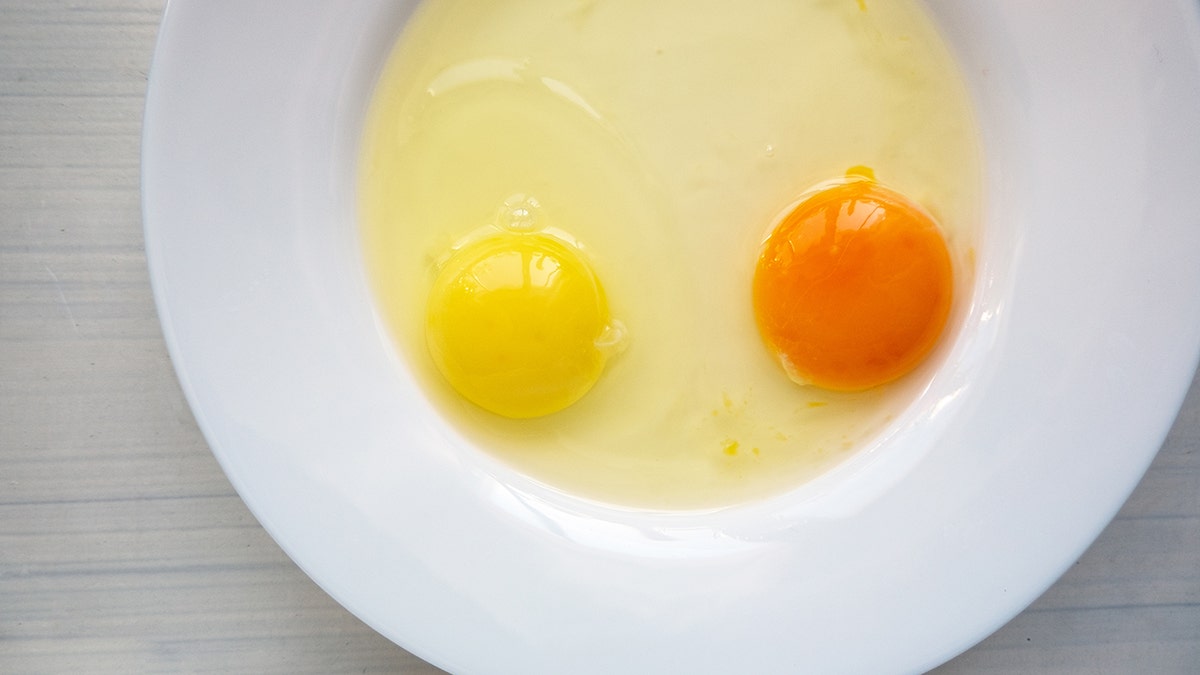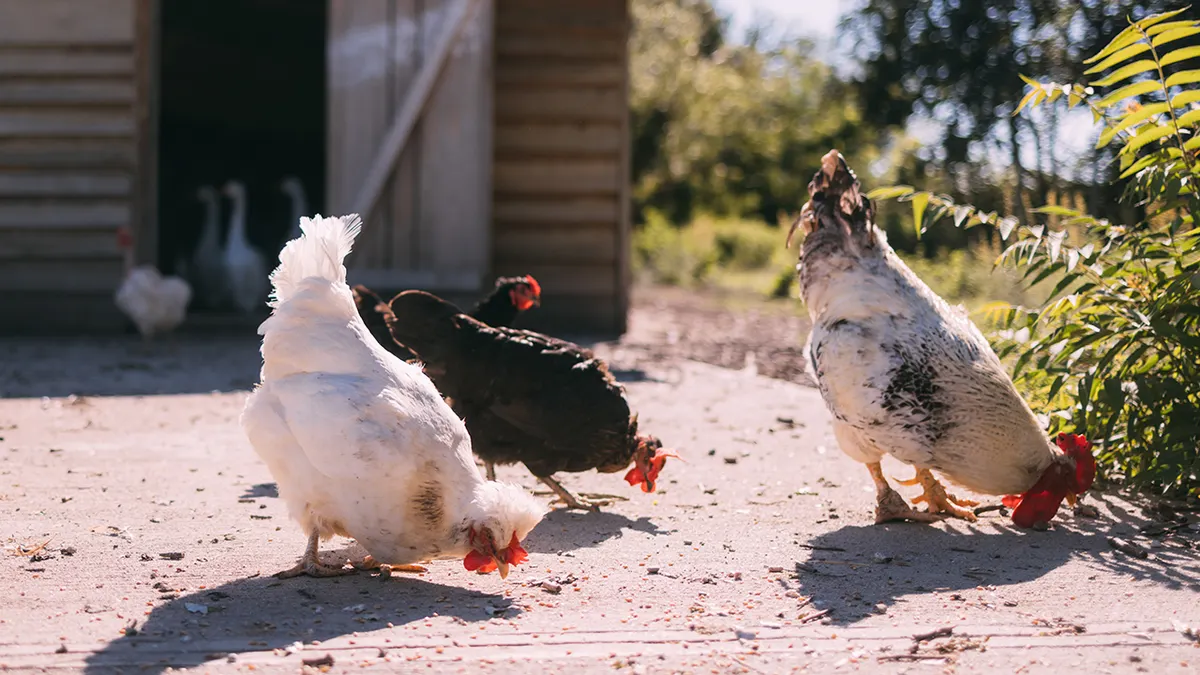Ever wonder why egg yolks range from pale yellow to vibrant orange? It's not just a random occurrence; the color of a yolk offers insights into a hen's diet. Cookbook author and backyard chicken expert Lisa Steele explains that yolk color is "entirely dependent on the hen's diet."

Foods rich in pigments called carotenoids, specifically xanthophyll and carotene, contribute to darker, more orange yolks. Carotene is abundant in orange-hued produce like carrots, mangoes, and pumpkins, while xanthophyll is found in leafy greens such as spinach and kale.
While a deeper yolk color doesn't guarantee a completely organic or fresh diet, it often correlates with nutrient-rich foods. However, Steele points out that some commercial egg producers use additives like marigold, paprika, and alfalfa to enhance yolk color artificially.

For consumers seeking the most nutritious eggs, Steele recommends looking for "pasture-raised" or "free-range" labels. These chickens typically forage on grasses, weeds, and other plants, leading to darker yolks. She emphasizes that "cage-free" isn't synonymous with "pasture-raised," as cage-free chickens might still be confined indoors.

Pasture-raised eggs are considered the "gold standard" due to the hens' varied and healthy diets, resulting in eggs with lower cholesterol and higher nutrient content. As for eggshell color, Steele clarifies that it's solely determined by the breed of chicken and has no bearing on nutritional value.

So, the next time you're grocery shopping, remember that yolk color can be a helpful indicator of an egg's nutritional profile, but opting for pasture-raised eggs is the best way to ensure you're getting the most nutritional bang for your buck.
Comments(0)
Top Comments